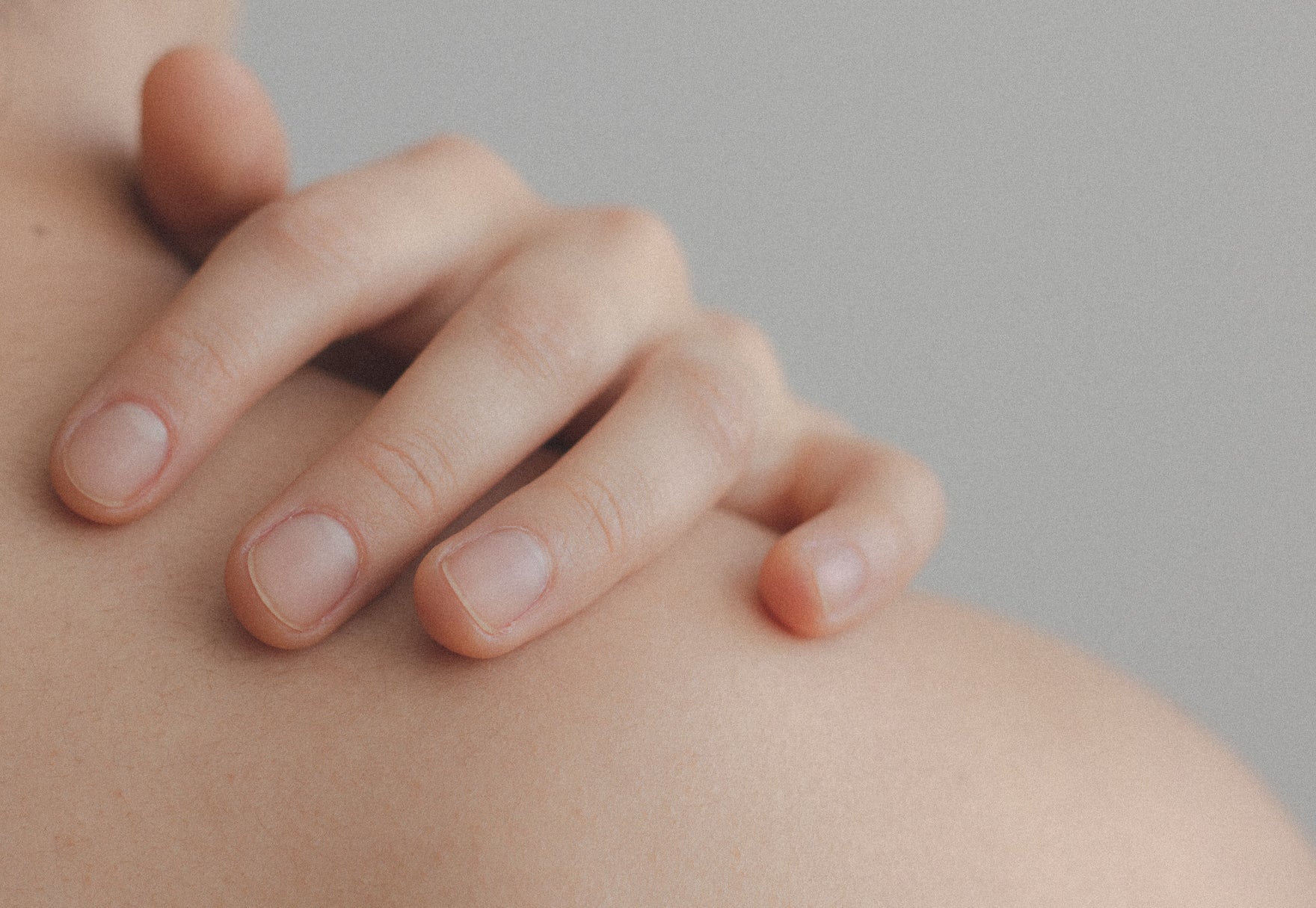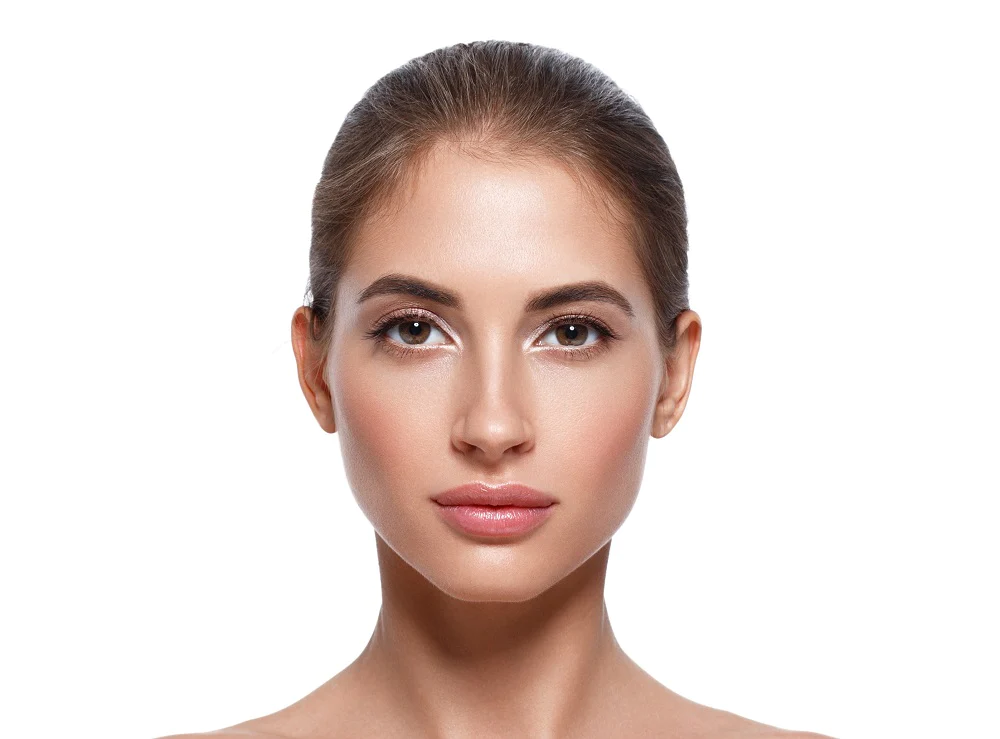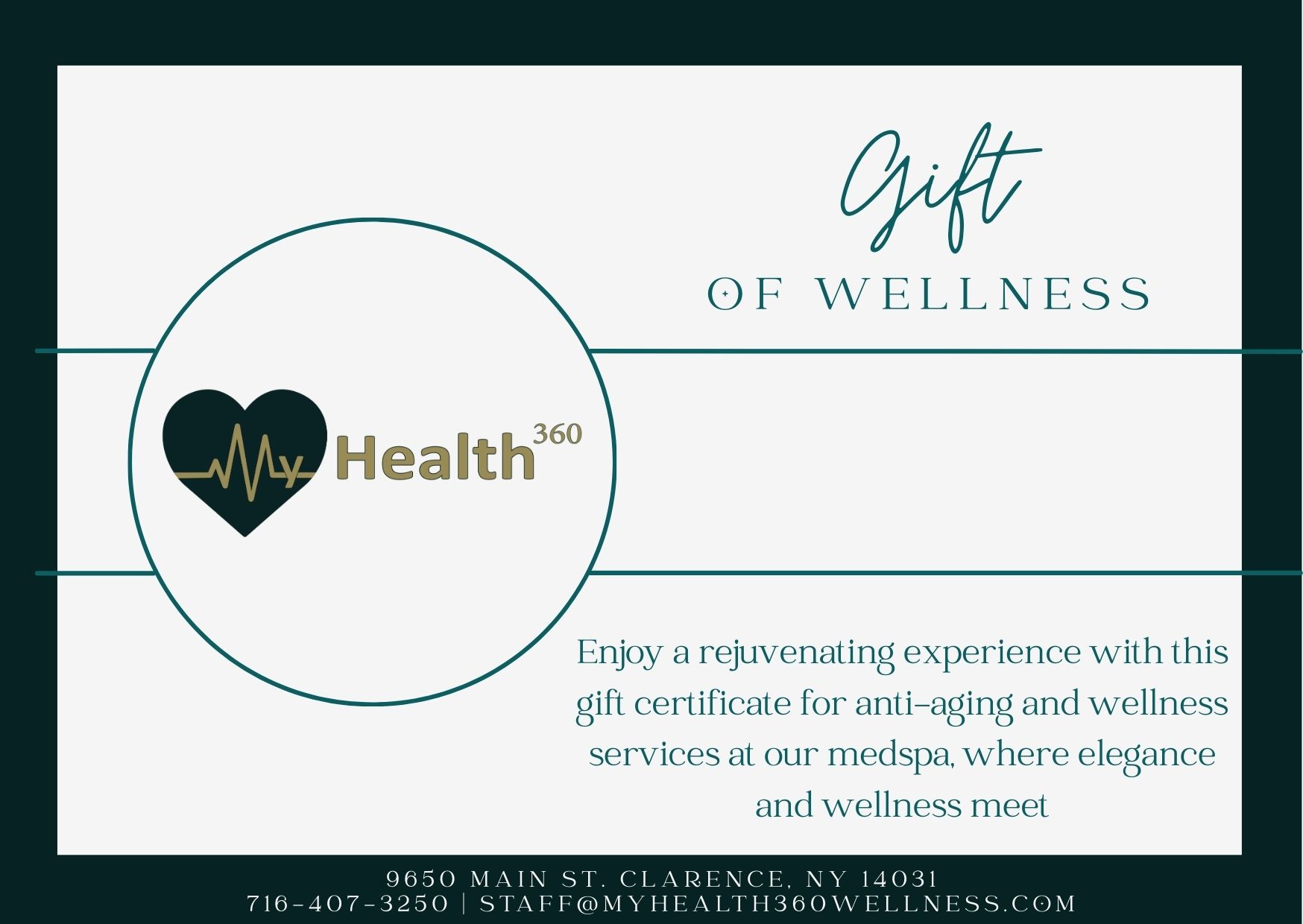

- Face, Hair
Platelet-Rich Plasma (Prp) Injections
Want to know more about how PRP is used in hair rejuvenation, chronic wound healing, and musculoskeletal injuries? Here is what Dr. Geoffrey Martin Dreher, Assistant Professor of Orthopedic Surgery at Johns Hopkins, says about PRP and its different uses in regenerative medicine.
Platelet-rich plasma (PRP) injections are gaining popularity for a variety of conditions, from sports injuries to hair loss. The treatment uses a patient’s own blood cells to accelerate healing in a specific area.
WHAT IS PLATELET-RICH PLASMA?
Platelet-rich plasma consists of two elements: plasma, or the liquid portion of blood, and platelets, a type of blood cell that plays an important role in healing throughout the body. Platelets are well-known for their clotting abilities, but they also contain growth factors that can trigger cell reproduction and stimulate tissue regeneration or healing in the treated area. Platelet-rich plasma is simply blood that contains more platelets than normal.
To create platelet-rich plasma, clinicians take a blood sample from the patient and place it into a device called a centrifuge that rapidly spins the sample, separating out the other components of the blood from the platelets and concentrating them within the plasma.
WHAT IS A PRP INJECTION?
After creating platelet-rich plasma from a patient’s blood sample, that solution is injected into the target area, such as an injured knee or a tendon. In some cases, the clinician may use ultrasound to guide the injection. The idea is to increase the concentration of specific bioproteins or hormones, called growth factors, in a specific area to accelerate the healing process.
The mechanism behind PRP injections is not completely understood. Studies show that the increased concentration of growth factors in platelet-rich plasma may stimulate or speed up the healing process, shortening healing time for injuries, decreasing pain and even encouraging hair growth.
WHAT IS PRP TREATMENT USED FOR?
PRP injections are used for a range of conditions,* from musculoskeletal pain and injuries to cosmetic procedures.
TENDON, LIGAMENT, MUSCLE AND JOINT INJURIES
PRP injections may be able to treat a range of musculoskeletal injuries and conditions. For example, chronic tendon injuries such as tennis elbow or jumper’s knee can often take a long time to heal, so adding PRP shots to a treatment regimen can help to stimulate the healing process, decrease pain and enable a return to activities sooner.
POST-SURGICAL HEALING
Clinicians first used PRP to accelerate healing after jaw or plastic surgeries. Now, post-surgical PRP injections have expanded to help heal muscles, tendons and ligaments, as procedures on these tissues have notoriously long recovery times.
OSTEOARTHRITIS
Early studies indicate that PRP injections may help treat osteoarthritis pain and stiffness by modulating the joint environment and reducing inflammation, but research is growing.
HAIR LOSS
PRP injections can be effective in treating male pattern baldness, both in preventing hair loss and promoting new hair growth. PRP can also aid in the stimulation of hair growth after hair transplants.
SKIN REJUVENATION
PRP injections are sometimes used as an anti-aging treatment, but there is little evidence to show that PRP reduces wrinkles and other signs of aging.
PRP THERAPY RISKS AND SIDE EFFECTS
A PRP injection is a low-risk procedure and does not usually cause major side effects. The procedure involves a blood draw, so you should make sure you are hydrated and have eaten beforehand to prevent feeling lightheaded. After the procedure, you may experience some soreness and bruising at the injection site.
Because PRP injections are made up of your own cells and plasma, the risk of an allergic reaction is much lower than with other injectable medications like corticosteroids. Less common risks of PRP injections include:
- Bleeding
- Tissue damage
- Infection
- Nerve injuries
If you are considering PRP injections, be sure to talk with your health care provider about all the benefits and risks.
Special thanks to Dr. Geoffrey Dreher for this article.
Read the full article here!
Interested in getting PRP Treatment? Click here to contact us today and get a free consultation.








